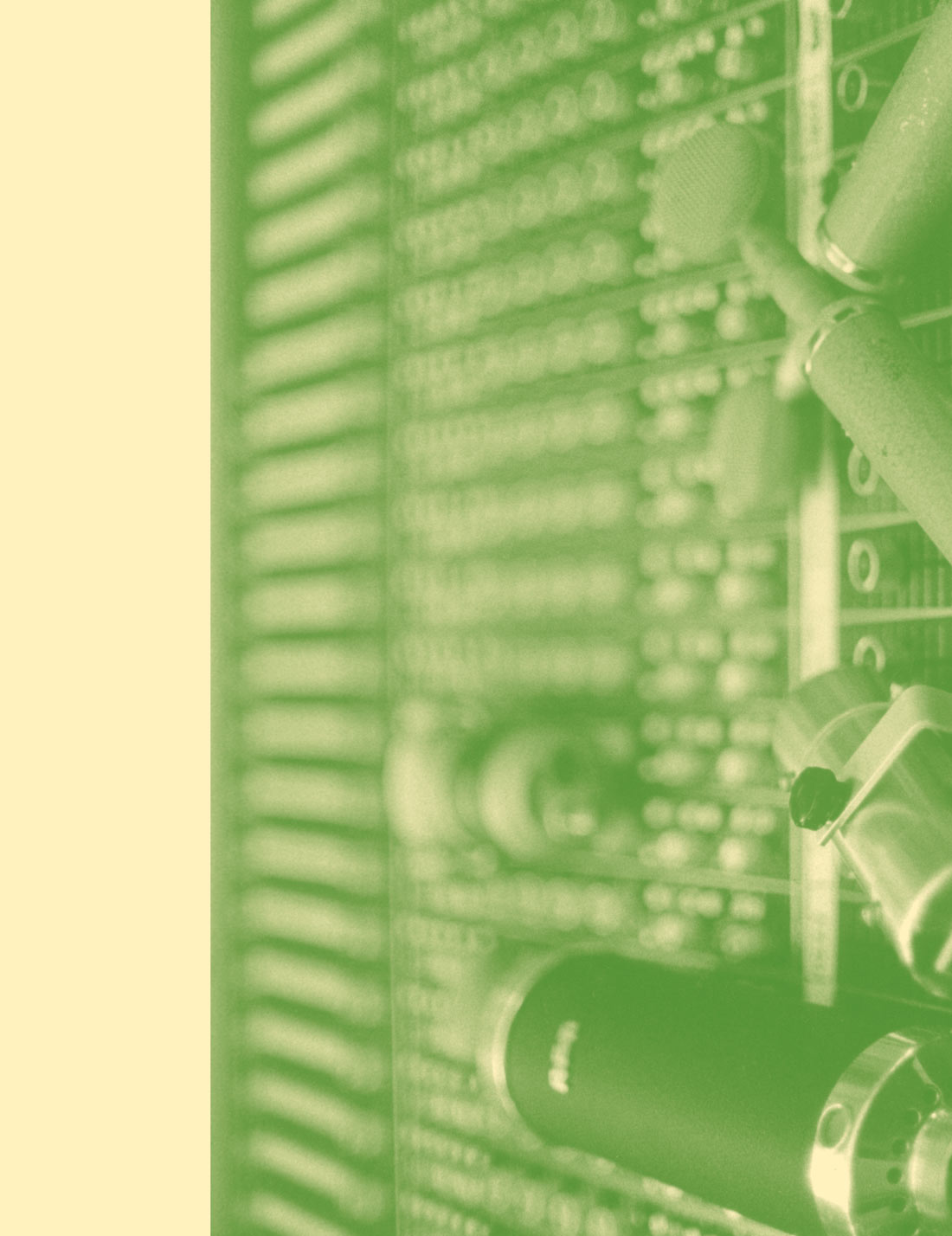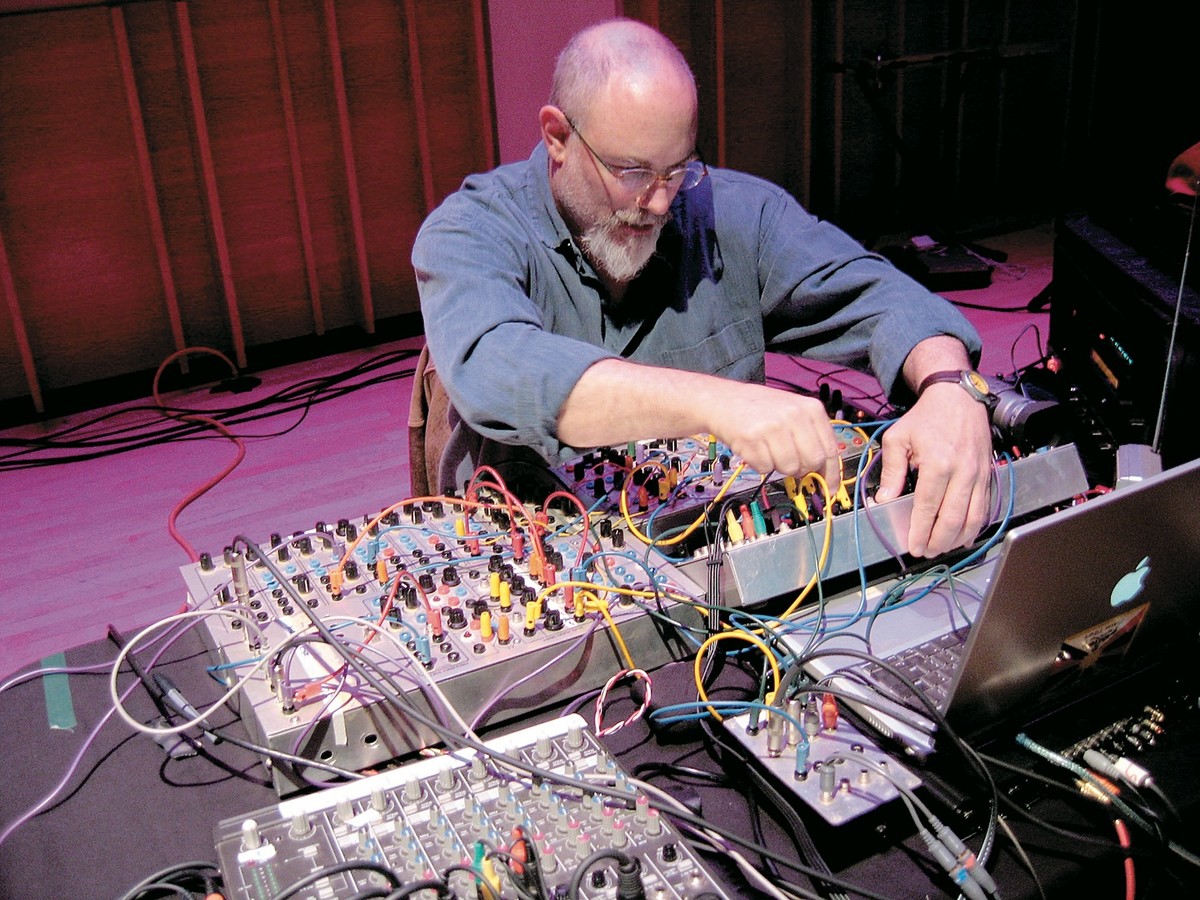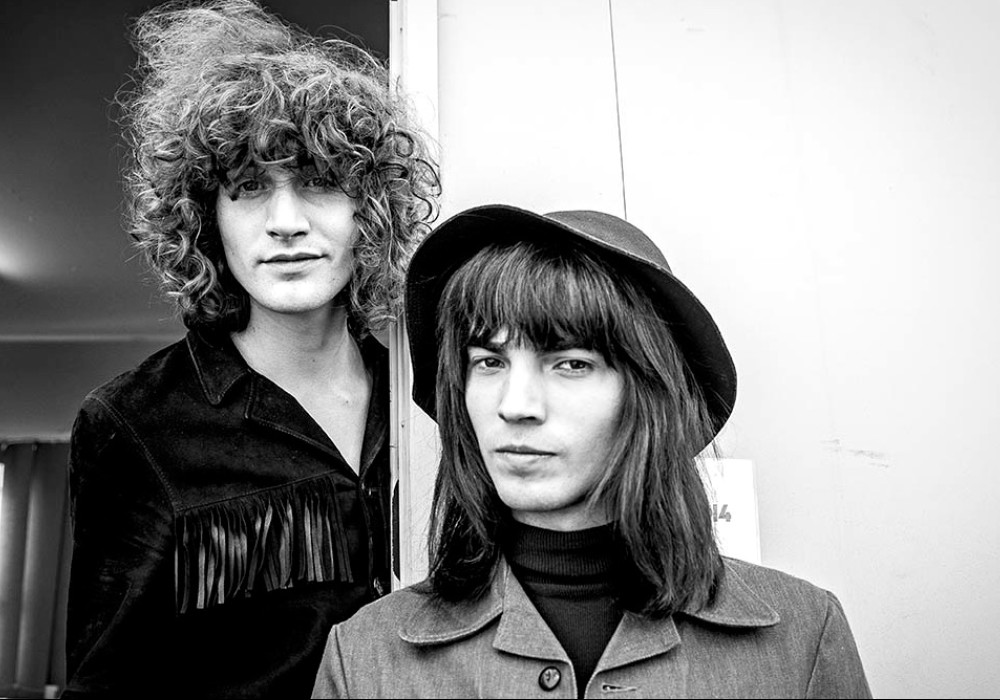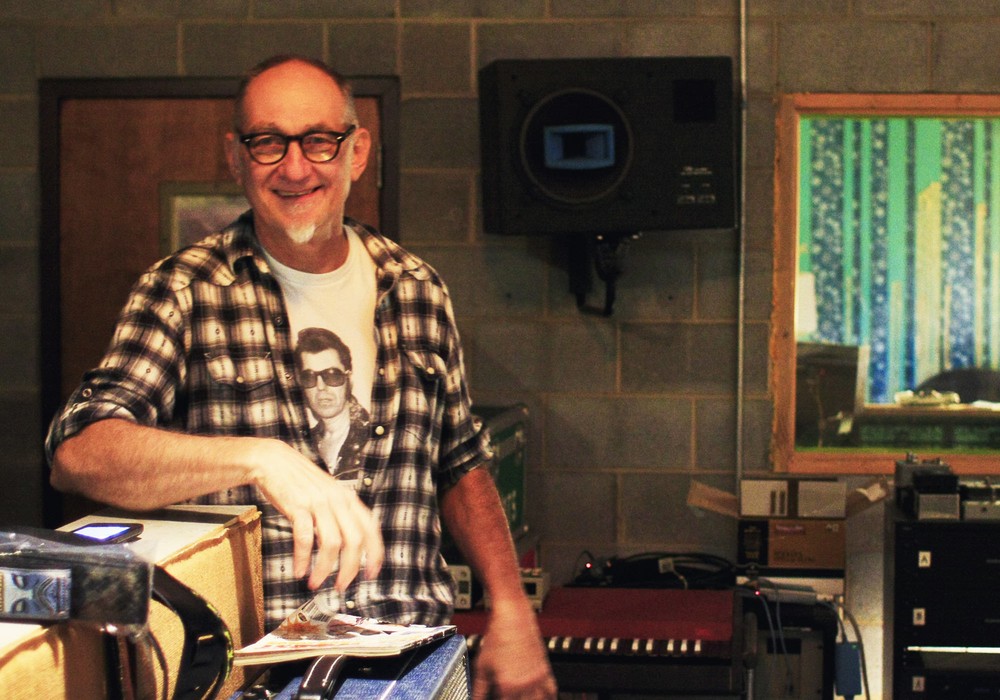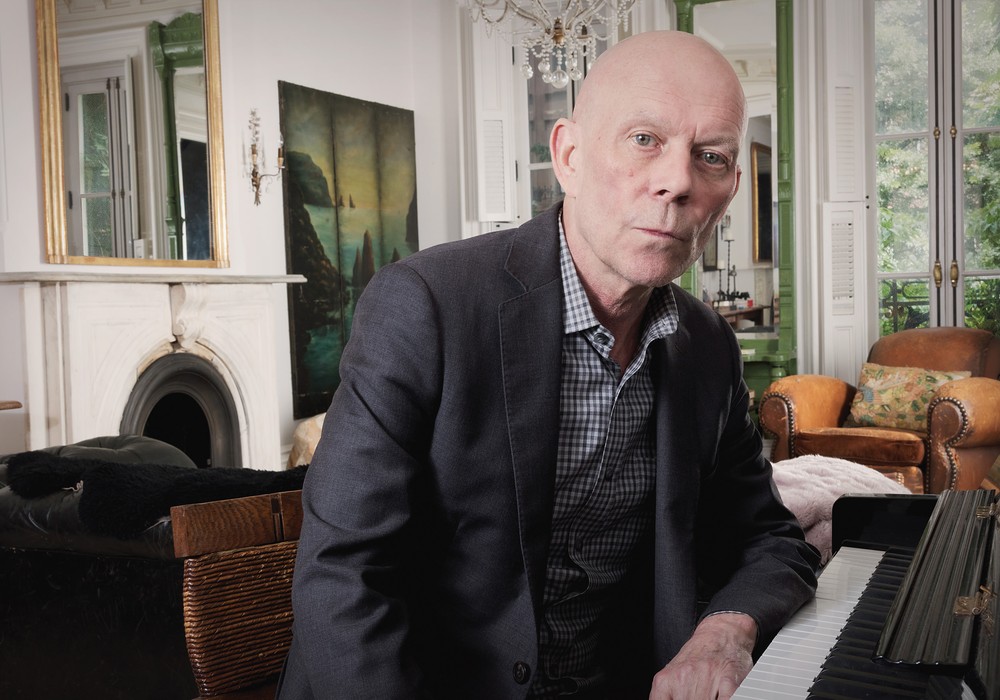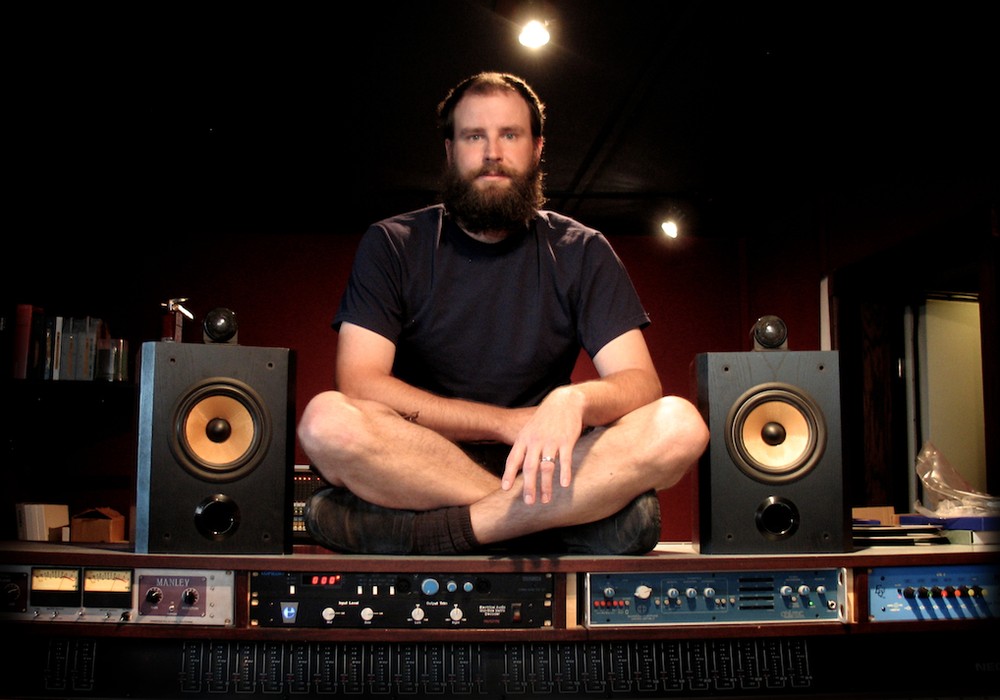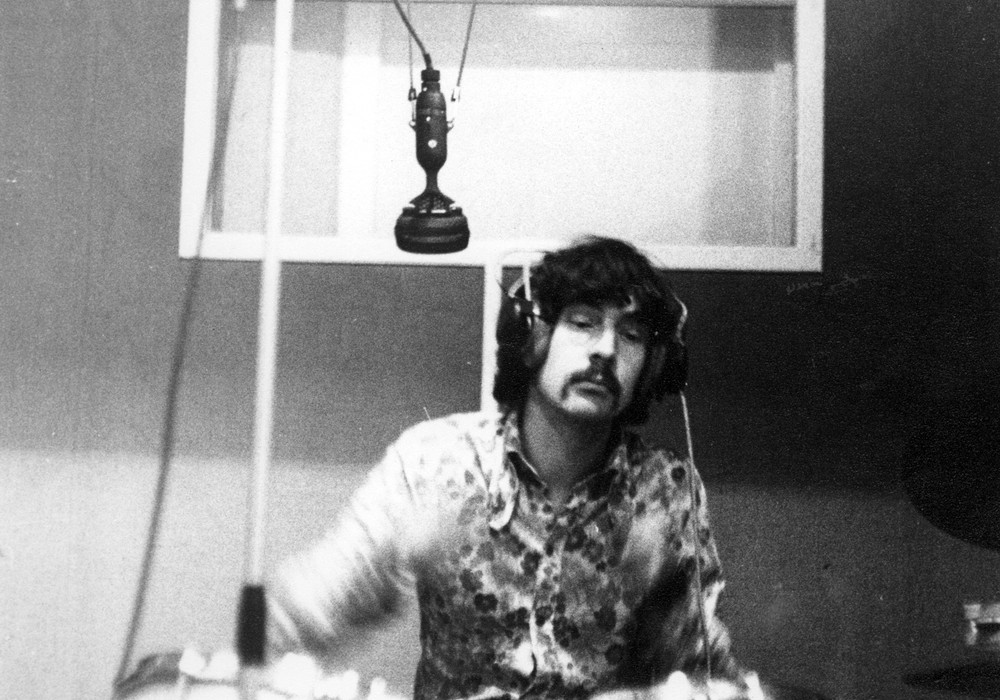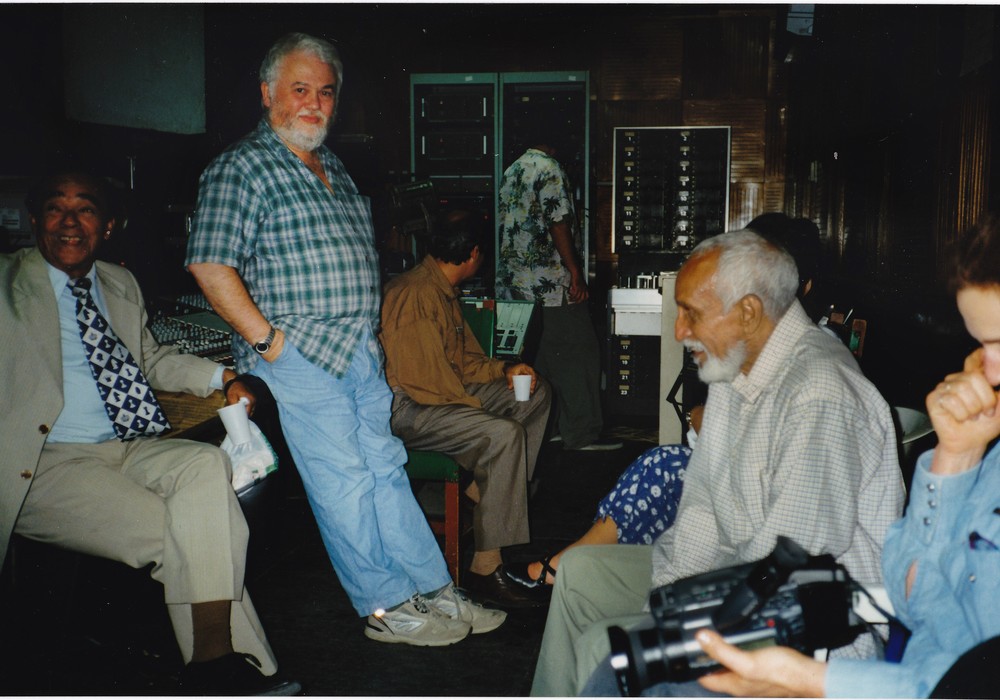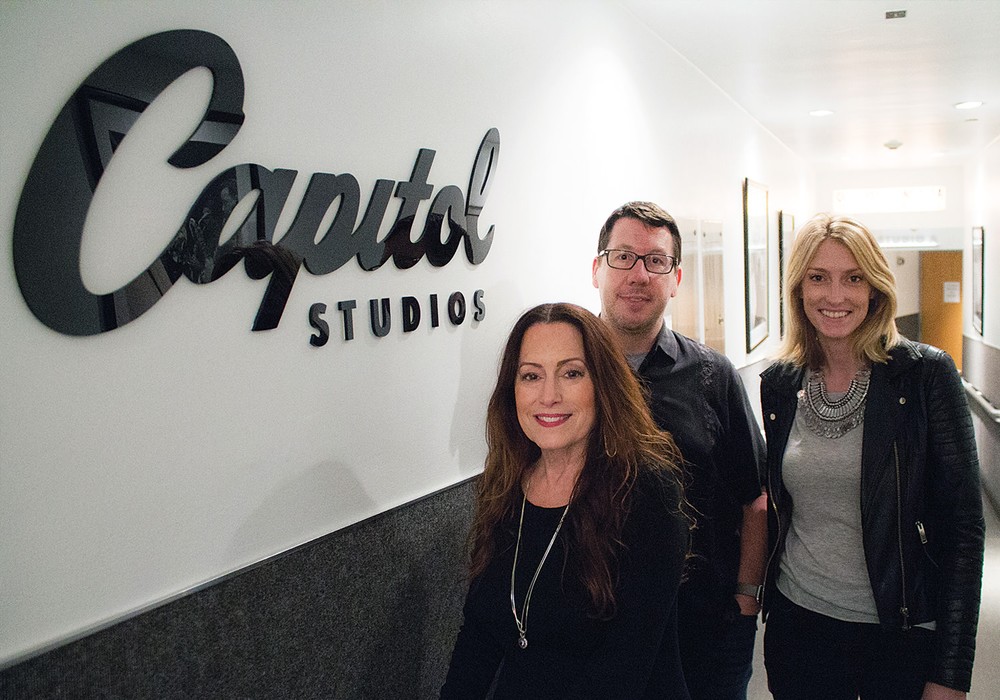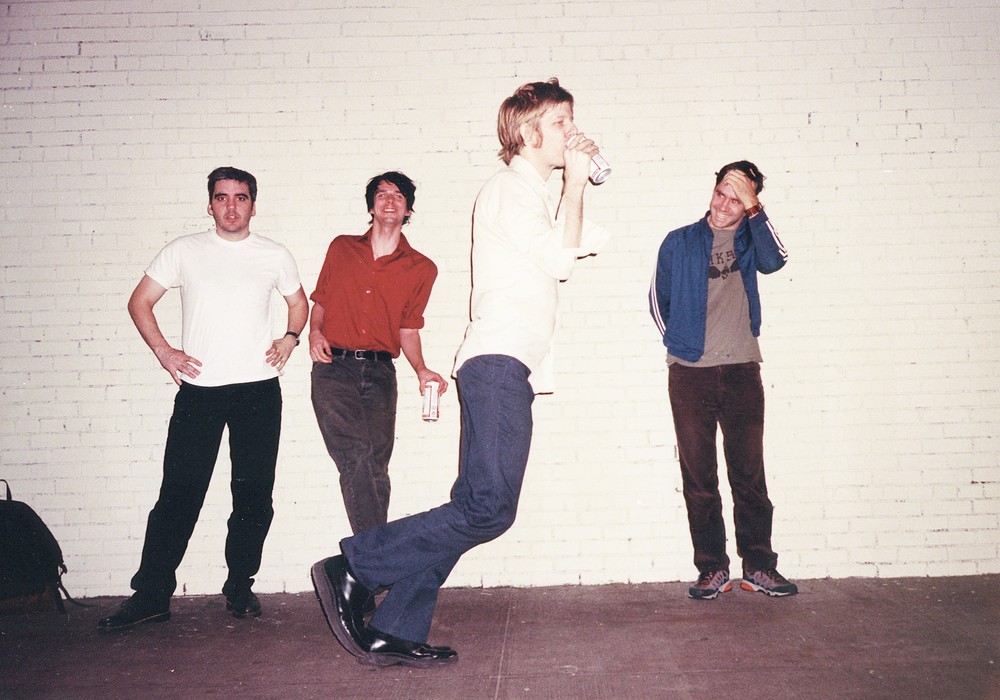While Tape Op has covered countless recordists with low-budget, grass-roots backgrounds in rock recording, we've talked to very few grass-roots engineers in the avant-garde music world. Russell Frehling, who now runs the house studio at Pauline Oliveros' Deep Listening Space, is one of the most experienced. He's done everything from recording punk bands to the Jim Carroll Band to developing underwater sound fences for dolphins with Greenpeace in Japan, and his own creative pursuits involve large-scale sound installations. He's best known for his avant-garde recordings, and it's this experience that's led to his role in Oliveros' nonprofit foundation and its studio.
"I graduated as an undergraduate from Brandeis, and then I did that summer in Buffalo program. In those days, Morton Feldman ran this summer thing. They'd take a handful of young composers from around the country. They had a really top-notch music ensemble there. They'd have Morton and then a couple of guest composers. Pauline was one, and Joel Chadabe was the other. We lived in the dorm together and just became really close over the summer. She encouraged me to go to Mills, and we'd see each other on the road over the years."
When Frehling got involved with Deep Listening, he started by finishing the design and construction of the space. "There were two shells that we started with. David Gamper, who is in the Deep Listening Band with Pauline, did the first part—took this old building and framed out a couple of the rooms. From there, I made a few modifications for dimensional things and non- parallelism, and treated 'em basically by ear, with diffusion and damping where required. It's one of my pet things to try and find ways to build good sounding rooms and get good absorption and diffusion with the world's cheapest materials. I got a bunch of surplus ceiling tiles. They're that compressed junk. Instead of using 'em as absorbers, I make little 2x2 blocks that have been cut off at angles. I will put them on some kind of a backing board, and then glue those little squares on. You get these patterns of oddly matched shapes. They work great, and they cost next to nothing. Then building out walls where you build boxes literally on the wall, so you have variable depth cavities. You can put a mixture of straight absorption or panel type absorption, bass traps. Pegboard becomes really handy there as a sort of resonator. There's a formula that will figure out depth. If you just think random, you'll do pretty well in general contouring of the room. If you can afford it, you can build a room that sounds good everywhere in the room. If you can't afford it, then the best you can do is work to have it sound good at the critical position. Since we were a nonprofit and had to beg for every dollar we spent, you can guess which approach we used. It works fine. It's important what the music you're doing [is]. If you're doing acoustic music, it's silly to monitor loud, because the music isn't loud. That's something I learned in the old days, when I lived in the Bay Area still and had a commercial studio. I did a lot of part-time work, freelance work. You monitored very quietly because you were there for 12 hours. You wanted to be as good at the end of the day as you were at the beginning of the day. I learned a lot from those guys. It's important to match your listening levels to the music you're recording. Consequently, you're not loading the room as much by not listening really loud and having really artificially deep bass. The standing waves don't have much amplitude. You can do a lot in simple conditions in this sort of music. You just don't want things that are bizarre. The trouble we have, and the biggest constant fight I have, and I think everybody would have this battle, is low ceilings. It's very difficult to get separation with low ceilings. A few feet makes a lot of difference, between eight and ten feet is huge. It's not enough energy loss by the time it hits the ceiling surface. So gobos and things like that become ineffective because the sound just bounces over the top."
"For equipment, we use hard disk. It's on a Mac, dual- processor G4. One of the first pieces of equipment that was donated was the old, original MOTU 2408. I was using Pro Tools at home, a Digi001. My feeling was that it had no place in a studio where you never knew what was going to come in. There was just no flexibility to it whatsoever. It does a fine job where you control the environment. There's not enough I/O of...
